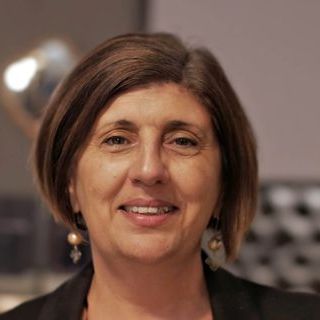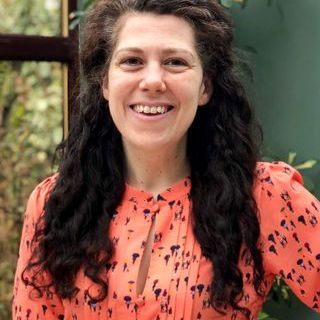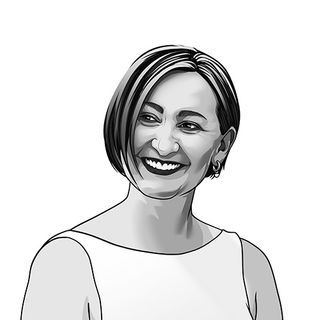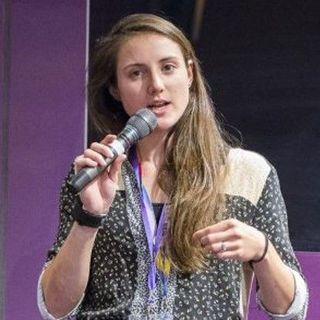Gareth LuTheryn
Ultrasound-Mediated Therapy for the Treatment of Biofilms in Chronic Wounds
Aims
This research sought to develop an ultrasound-responsive agent capable of delivering nitric oxide (NO) contained in lipid-shelled microbubbles (MBs), which can co-administered with antimicrobial compounds for dispersal and elimination of biofilms.
Methods and Results
Pseudomonas aeruginosa biofilms were grown on Ibidi® dishes for 48 hours in wound constituent media (WCM), featuring key pathophysiological components of the in vivo wound environment. The anti-biofilm (dispersal) and bactericidal (killing) efficacy of ultrasound-responsive, neutral and cationic lipid-shelled MBs with an air or NO-filled core, was assessed in the presence and absence of sub-inhibitory (4 µg/mL) concentrations of gentamicin. Ultrasound stimulation was carried out for 40 seconds at 0.9 MHz, 20% duty cycle and 500 Hz PRF, achieving an acoustic pressure of 0.5 MPa. Insonified NO-loaded MBs demonstrated a significant 99.9% reduction in viable cells, by enhancing the efficacy of gentamicin. Fluorescence microscopy of treated biofilms showed that the combination of NO and ultrasound-mediated perturbations, achieved a 99.9% reduction in biofilm surface area.
Conclusions
A major challenge in the delivery of NO in antimicrobial therapies is that it has a very limited half-life. By encapsulating it as the gaseous core of an ultrasound-responsive microbubble, NO is shielded from the external environment and allows successful control over its delivery and release. By inducing dispersal and perturbation of the biofilm with NO-loaded MBs, the physical barrier imposed by the extracellular matrix can be negated to improve treatment outcomes.
Significance of Study
Biofilms are implicated in over 90% of chronic wounds, the management of which represents an annual cost of £5.6 billion to the NHS as well as significant patient morbidity and mortality. This research is the first of its kind to report the efficacy of lipid-shelled NO-loaded MBs, for the elimination of biofilms with a sub-inhibitory concentration of gentamicin. A proof-of-concept clinically viable translation of this research has been developed, which has the potential to alter the clinical outcome of these patients.
References
LuTheryn, G., Glynne‐Jones, P., Webb, J. S. and Carugo, D. (2019) ‘Ultrasound‐mediated therapies for the treatment of biofilms in chronic wounds: a review of present knowledge’, Microbial Biotechnology. Wiley Online Library, pp. 1751-7915.13471. doi: 10.1111/1751-7915.13471.
Stride, E. P. and Coussios, C. C. (2009) ‘Cavitation and contrast: the use of bubbles in ultrasound imaging and therapy’, Proceedings of the Institution of Mechanical Engineers, Part H: Journal of Engineering in Medicine, 224. doi: 10.1243/09544119JEIM622.
Lafond, M., Shekhar, H., Panmanee, W., Collins, S. D., Palaniappan, A., McDaniel, C. T., Hassett, D. J. and Holland, C. K. (2020) ‘Bactericidal activity of lipid-shelled nitric oxide-loaded microbubbles’, Frontiers in Pharmacology. Frontiers Media S.A., 10. doi: 10.3389/fphar.2019.01540.
Howlin, R. P., Cathie, K., Hall-Stoodley, L., Cornelius, V., Duignan, C., Allan, R. N., Fernandez, B. O., Barraud, N., Bruce, K. D., Jefferies, J., Kelso, M., Kjelleberg, S., Rice, S. A., Rogers, G. B., Pink, S., Smith, C., Sukhtankar, P. S., Salib, R., Legg, J., Carroll, M., Daniels, T., Feelisch, M., Stoodley, P., Clarke, S. C., Connett, G., Faust, S. N. and Webb, J. S. (2017) ‘Low-Dose Nitric Oxide as Targeted Anti-biofilm Adjunctive Therapy to Treat Chronic Pseudomonas aeruginosa Infection in Cystic Fibrosis’, Molecular Therapy. Cell Press, 25(9), pp. 2104–2116. doi: 10.1016/J.YMTHE.2017.06.021
:
@GarethLuTheryn
Sessions
Keynote and ECS presentations
Wednesday @ 1:00 PM












